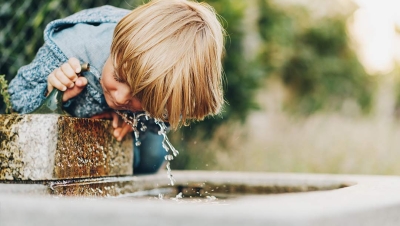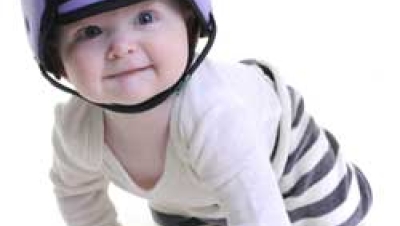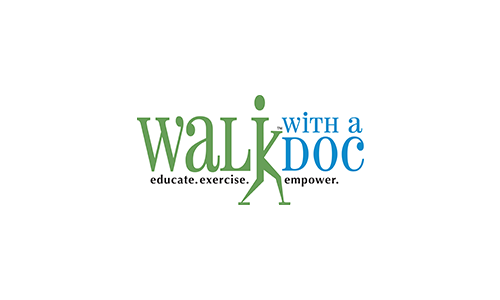It’s a time you’ll always remember, the start of a new school year. The smell of glue in the air, the sight of children dressed up in their new clothes and the sound of youngsters running and laughing around the playground.
When my family gets together, we have the tendency to dig up the embarrassing stories of our childhood. On one particular afternoon, the stories were all about childhood playground accidents. I honestly wonder how I ever survived. At my elementary school, there used to be this 100-foot metal slide (when you’re a kid everything seems taller). On the second day of my third-grade year, a large group of students were gathered around it trying to make the trip down a little more exciting. Some of the children stood in line waiting to take their turn and the rest would stand at the bottom. As the next kid slid down, they would start banging on the bottom of the slide.
The real excitement came when it was my turn. I climbed to the top and slid down through my cheering fans. So, of course, I had to go again, but this time it was a little more eventful. Instead of sliding down in the traditionally accepted format, I leaned over to see who was under the slide (years later I discovered it was my brother). The next thing I knew I had hit the dirt and I was injured, but more embarrassed than anything. I was wearing a dress and jumped up as quickly as possible. I then ran crying around the playground before I finally made it to the office. The next two weeks were spent with little or no use of my arms. They weren’t broken; they just didn’t work right.
A few years later another elementary student took the same tumble off the slide, but the results were much worse. This time the girl broke her arm and it was cast into a position over her head. Then the school took some action. They took the slide down.
So what makes one child’s playground accident worse than another’s? When should action be taken and when should it just be passed off as an accident and not worried about? That’s what every city official, school administrator, and daycare provider needs to address.
In a 1999 report on playground-related statistics from the U.S. Consumer Product Safety Commission, 76 percent of playground injuries happened on public playground equipment. This means that three times as many children were injured on public playgrounds than on their home playground equipment.
Even though the report didn’t give the details I was looking for, I did begin to question whether any of the mishaps could have been prevented if an injury-causing piece of equipment would have been removed. In my case, it was my own fault that I fell. I wasn’t paying attention, which caused the crash. But as far as I know, school authorities never addressed the issue; (if they did, no one from my family was invited). If they had taken some action, they just might have avoided one of the over 200,000 accidents that happen every year.
There are still accidents on my little playground and there always will be. Instead of ignoring one of them, face them head on and you just might remove your playground from a long list of statistics.







Add new comment